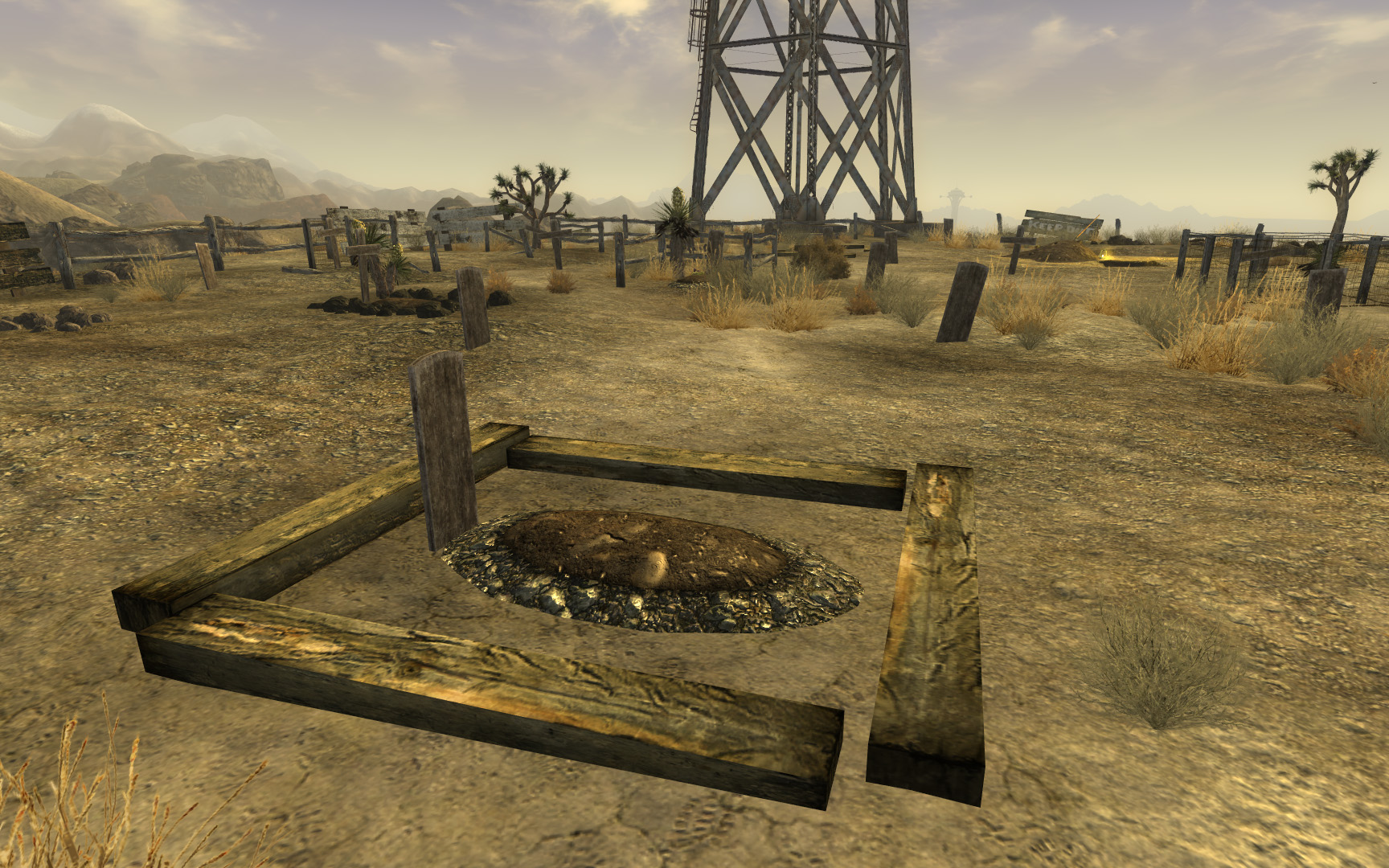

Occasionally yellow jackets nest in wall voids and attics, they can end up by accident in the house in large numbers. At wintertime nests are abandoned, then in the spring, individual queens commonly return to areas nearby to survive their species.
Colonies can reach a large size size of 4,000 and 5,000 workers by August or early September. Nests start out very small during springtime, then growing larger toward winter. Like wasps & bees, yellow jackets sting only in defense or by accident. Stings often cause a swelling reaction followed by itching for a few days. Yellow jackets can sting repeatedly, they do not lose their stinger like a honeybee does , and thus do not die after stinging. yellow jackets defended their home very aggressively. The entry of a yellow jacket nest is a golf ball to softball size hole in the ground. Yellow jackets are occasionally found in parks disrupting picnics or other events. They make great scavengers, eating meats, sweets.

Yellow jackets can also be identified by a rapid side to side flight pattern prior to landing. Yellow jackets do not forage on flowers, and do not carry yellow pollen on the back of the legs. Often mistaken for honeybees, yellow jackets are a little quicker, more slender, and are brighter yellow vs. Knowing soil frost condition is also important for many activities including agriculture, horticulture, transportation, construction, and even grave digging.Yellow jackets are sometimes called meat bees, sweet bees, or ground bees. Frost conditions are an important factor for hydrologic forecasting as frozen soil limits infiltration of water thereby generating more runoff from rain and snowmelt than soil that is not frozen. Frost depth reports here are commonly from frost tube instruments, visual reports from construction or cemetery sites, or other types of electronic probes. Frost depth data shown in this map is queried from the North Central River Forecast Center (NCRFC) database late morning each day.


 0 kommentar(er)
0 kommentar(er)
